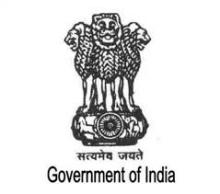Resource information
This book made an attempt to bring together various legislative protections available to the tribals communities pertaining to the land and governance in the scheduled areas and the role of different institutions to achieve the goals enshrined in the Constitution. It examined the Fifth Schedule of the Constitution and its various provisions and special arrangements made for areas inhabited by Scheduled Tribes and the law relating to local self governance in these areas, primarily through village panchayat-an institution of local self governance. It also made a brief examination of how these constitutional and statutory protections translate into reality with focus on some key challenges to the rights of tribals over their homelands, resources and livelihoods and whether the legal framework provided the expected protections. It presented comparative analysis of the situations in different states of India. It discussed the issues of land alienation and acquisition, forests, environmental damage and destruction of livelihoods, mining, urbanisation in scheduled areas, the essential element of PESA Act 1996 like consultation, minor minerals, minor forest produce, minor water bodies, prevention of land alienation, control over institutions, functionaries and planning, reservations, additional power to panchayats, etc besides more prominently the power of Governor in Scheduled Areas.


